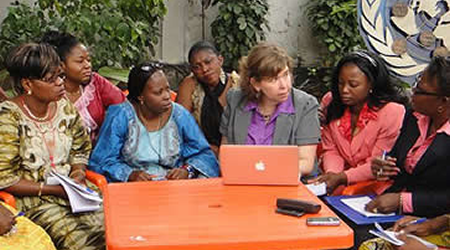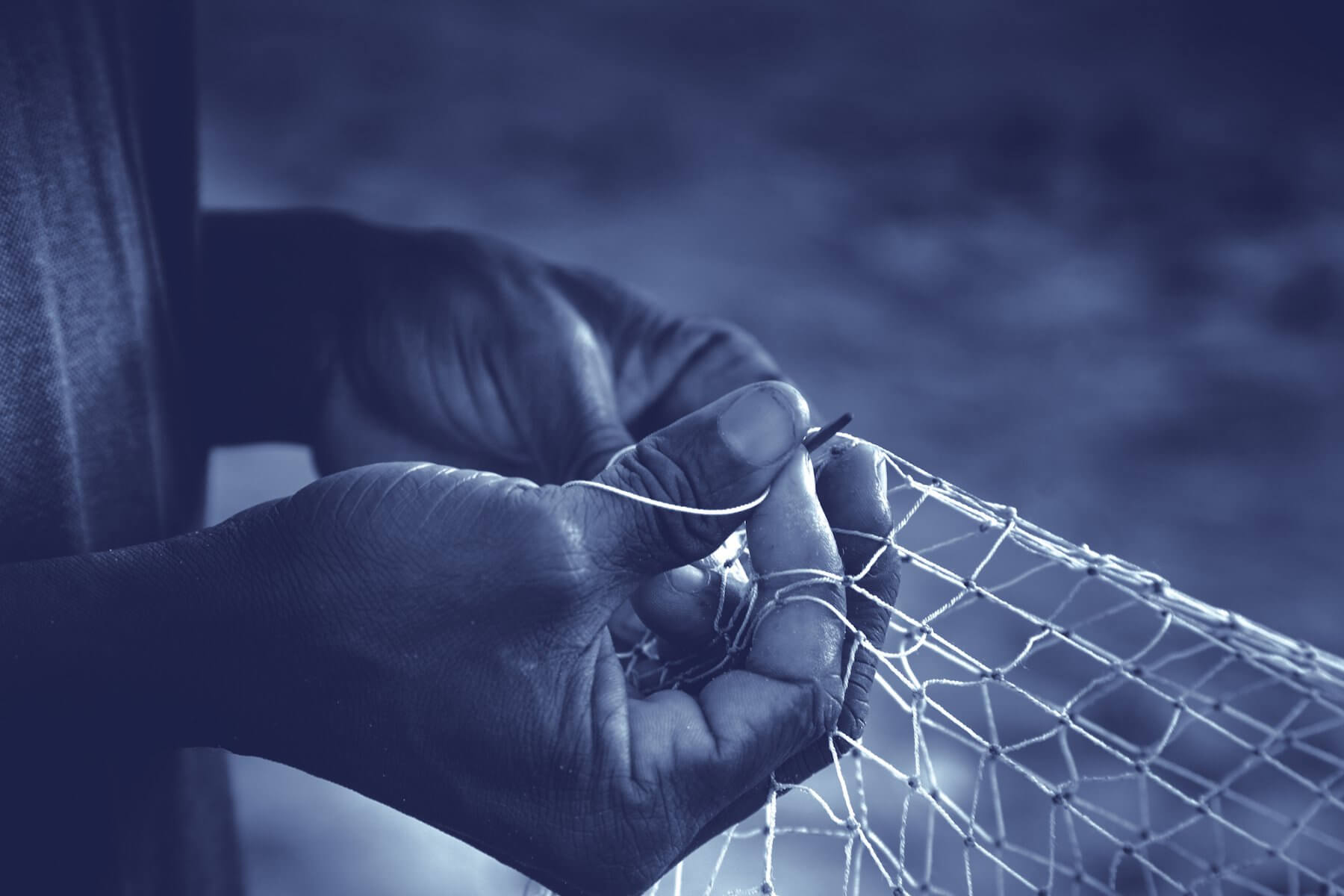
Photo Credit: M-Kilimo Project
Two recent case studies on some ICTs for agricultural development projects supported through the GSMA Development Fund – mAgri Program reveal an emerging trend within the broader Agricultural Extension Services (AES) and specifically in the developing nations, that worth commenting on. The revealing trend I’ve noticed, is that, either drastic policies and actions be taken to restructure the current educational systems of agricultural extension agents/officers or nations be prepared to seed-off their agricultural advisory services to the private sector (full privatization).
The projects are M-Kilimo in Kenya which has been developed as a result of cooperation between Rockefeller Foundation and KenCall the largest BPO Company in East Africa. The second project is IFFCO Kisan Sanchar Limited (IKSL), which is also a tri-lateral venture between Indian Farmers Fertilizer Cooperative Ltd (IFFCO), Airtel, and Star Global Resources Ltd.
The following two stories tell the kind of impact these two ICT4Ag projects are having on the lives of rural farmers in the respective countries.
Sanjay Mondal, a farmer from India had his cucumber farm infested with necrotic leaf lesions. After discussing his problem with IKSL staff remotely, the disease was diagnosed and a topical spray of Sectin fungicide in the ratio of 2mg per litre of water was prescribed. The total cost of the treatment was 500 Indian rupees. The yield increased by 50% as a result, and income also went up by 50% (India – IKSL).
Nahomi, a chicken farmer in Kenya had problem with thin weak egg shells that did not allow her to sell or store the eggs in that quality. She called M-Kilimo and the livestock expert on the other end of the line suggested that she gives the chicken a feed rich in calcium. By using a calcium rich poultry feed or adding fishmeal to the feeds will increase the calcium content of her feed, the expert explained. Now, Nahomi’s chickens are laying good quality eggs and she can sell more eggs as a result of the advice and availability of M-Kilimo experts (Kenya – M-Kilimo).
A closer look at the design and operational models of IKSL and M-Kilimo predicts the future demise of most National Agricultural Extension Services (NAES) if the necessary reforms of the current educational systems delay. I will attempt to explain my argument from two perspectives – the human resources level of extension staffs and the medium of delivery of the information to the end users (which is also a factor of ICT human resource development).
Human Resource – Agricultural Extension and Education
The traditional agricultural extension service as the main platform for delivery of new innovations, technologies and information to farmers, has its strength in the extension staffs. The extension agent/officer/worker is seen as a “Change Agent”. These officers are mostly public servants trained and equipped to be, most of the time, in direct contact with their clients, the farmers. Even though the service has been engulfed with a host of problems, its human interaction capability is still strong which helps not only to deliver new innovations but also train users how to use these technologies through field demonstrations. However, my personal experience tells me of the poor quality of extension staffs currently on the field in most developing countries due to a number of issues.
A recent study I conducted with over 30 agricultural extension officers from three agricultural districts in Ghana shows that only 39% did receive some form of undergraduate degree in agriculture. The remaining 61% is made up of either certificate in agriculture or diploma in agriculture obtained in the late 70s and early 80s.
The IKSL and M-Kilimo projects have tended to improve upon this traditional human resource development in extension. For example the IKSL project acknowledged that the quality of its experts is critical for their success since these experts decide the content of the messages that are being delivered to the users. As a result, they have a minimum qualification of first degree in agriculture for their first line of staffs that are in direct contact with the users; highly experienced academics and specialists in agriculture for second line experts; and the third line of 10 specialists who regularly convene to vet and validate contents being delivered to the users.
M-Kilimo also has similar model with emphasis on trustworthy and effective system to deliver appropriate information to the end user. The project also requires the experts to have a minimum of bachelor’s degree in agriculture and at least 2 years of relevant field experience. This first line of experts is supported by Subject Matter Experts (SME) to help provide quality assurance service for content and delivery. Also the contents are obtained from the Ministry of Food and Agriculture, National Weather Station, and other Research Institutes within and outside the country.

Photo Credit: IKSL
Medium of Delivery – Timely and Remote Access to Information
Even though the traditional medium for agricultural extension has improved over the years including the mass communication technologies such as radios and televisions; and recently with mobile phones, the face-to-face interaction still dominates most NAES. Extension officers are expected to visit individual farmers’ field and other farmers groups to deliver new information. This continues in the wake of high extension officer-farmer ratios (1:3000 and over), one of the primary indicators used to measure the intensity of extension coverage in a country. Ironically, most of the public extension officers who have access to the new ICT facilities through public telecenters, and other community information centers are not well trained and equipped to use them to facilitate their work.
The result is the deplorable condition of information or knowledge gap as seen in the stories of the two farmers above prior to the intervention of M-Kilimo and IKSL in Kenya and India respectively. But how many rural farmers have access to M-Kilimo and IKSL and similar projects across the developing nations?
With the IKSL and M-Kilimo projects, a critical part as seen in the stories above is ‘remote delivery of information to users’ – either through their mobile phones or SMS messages. The use of these tools facilitates timely delivery of information to users. Apart from the information communication systems that are put in place, ICT human resources development of the helpline experts is important. These features of the emerging information communication systems are helping to ensure more accurate, appropriate, timely and remotely accessible information to end users such as rural farmers whose farming success are previously determined by extension agents/officers.
Implications for National Agricultural Extension Services (NAES)
ICTs are not here to replace the rich human interactions between rural agricultural farmers and extension agents. It should be recognized that the social capital created through face-to-face interactions during extension visits are irreplaceable. ICTs are “technologies” that can enable social behaviors. But without some drastic reforms of the existing extension system, especially the educational standard of the extension staffs, I see the gradual downfall of the public agricultural extension system in most developing countries. Could this be a journey towards a kind of partnership/collaboration in the future where research and development will remain in the public domain while extension and advisory services go to the private sector? With the general acceptance of “Agribusiness Models” across the world within smallholder agricultural production, I do expect to see changes within agricultural extension and advisory services in the next few years – I do expect to see more private sector involvement in extension delivery.


















































